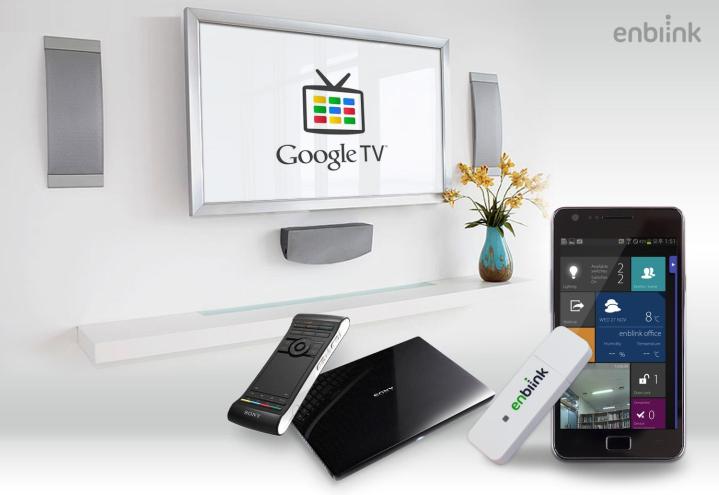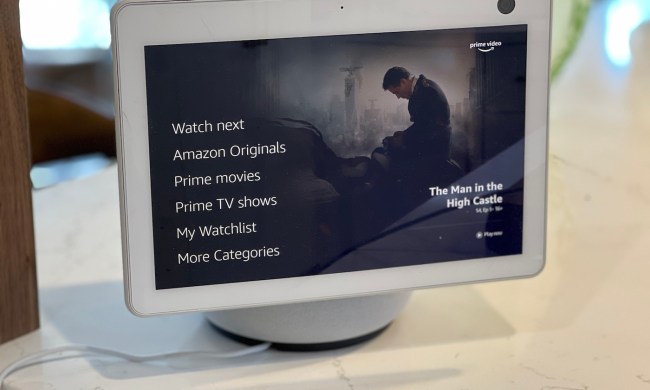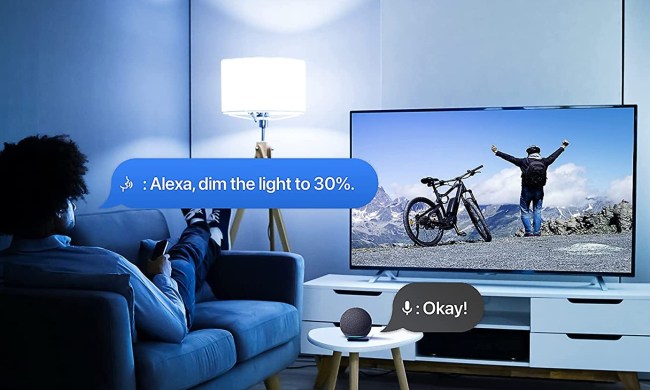
Connected home gadgets are all the rage right now, and while every every smart home startup under the sun is clamoring to make thermostats and light bulbs you can control with smartphone apps, there are a handful of forward-thinking companies who are keen to move past such control schemes. Just last week at CES, we tested out a gesture-control system from PointGrab, and now Enblink has announced the addition of voice commands to its home automation hub.
If you haven’t heard of Enblink before, here’s the lowdown: It’s basically a little USB dongle that plugs into any Google TV device and transforms it into a home automation control hub. It works with any Z-Wave-compatible gadget in your house, which means you can use it to control just about everything – lamps, door locks, security sensors, thermostats, and more. The dongle itself is really just a Z-Wave radio. It plugs into your Google TV and leverages the CPU and Android operating system to handle all the control commands and provide a snazzy graphical user interface.
The company kicked off pre-orders for Enblink back in August of 2013, and now that development is chugging along smoothly, it’s decided to add voice controls to the mix for no additional cost. With this new and improved dongle, you’ll be able to remotely control connected Z-Wave devices with custom-made commands like “lamp-off,” “TV on,” or even ones as simple as “dim.”
Instead of relying on an embedded microphone to pick up your voice, Enblink gets commands from your smartphone, which is clever, but also somewhat counterintuitive. On one hand, this scheme allows you to use voice commands from anywhere in your house. However, if you’ve already got a smartphone app open, issuing a voice command seems like more work than just tapping a button. It’s definitely got some kinks to work out, but regardless, the addition of voice control is definitely a step in the right direction for home automation, and we’re excited to see it progress.
Enblink is up for pre-order available on Amazon right now for ~$80 bucks. Find out more here.




